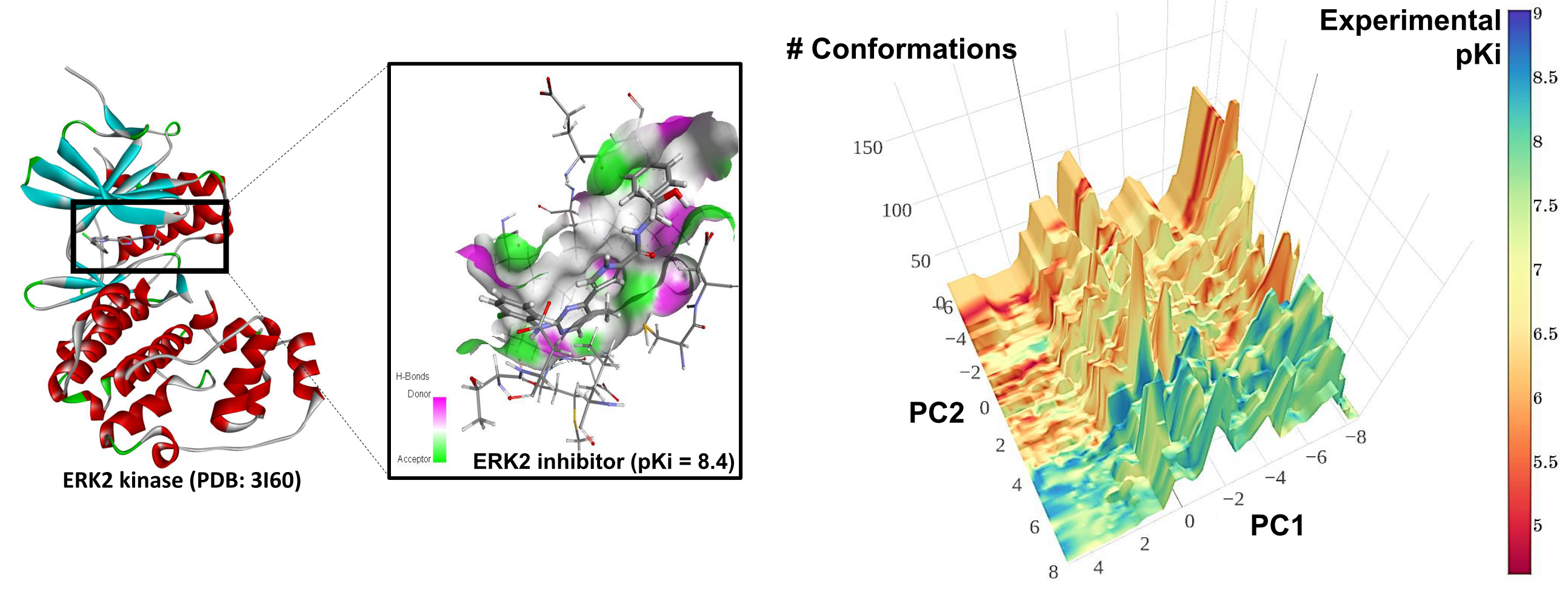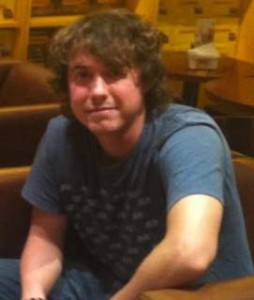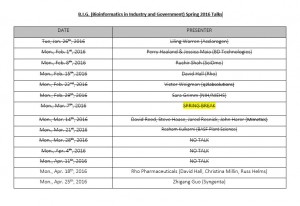Recently the BRC was featured on both the College of Sciences website and the main NC State University website for the groundbreaking work being done through the Bioinformatics cluster.
The Bioinformatics cluster is part of NC State’s groundbreaking Chancellor’s Faculty Excellence Program, which aims to put faculty together, both physically and intellectually, to combine ideas and experience in ways that solve big problems. Faculty clusters and interdisciplinary work have become hot topics in higher education around the world, but this “new” interdisciplinary approach has actually permeated science for centuries. NC State’s program, focusing on assembling groups of faculty with complementary areas of expertise to study interdisciplinary research challenges, was one of the first major initiatives Chancellor Randy Woodson announced after coming to the university in 2010.
To read the article in its entirety, please visit the College of Sciences website here: https://sciences.ncsu.edu/news/the-proximity-principle




